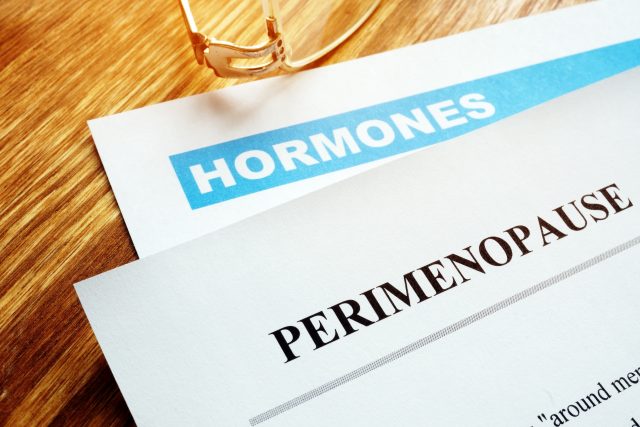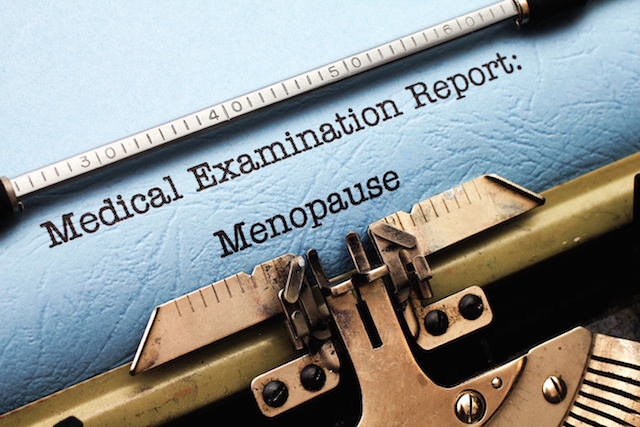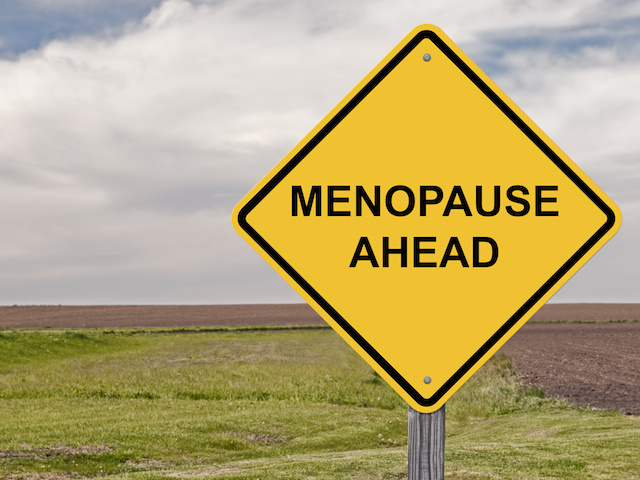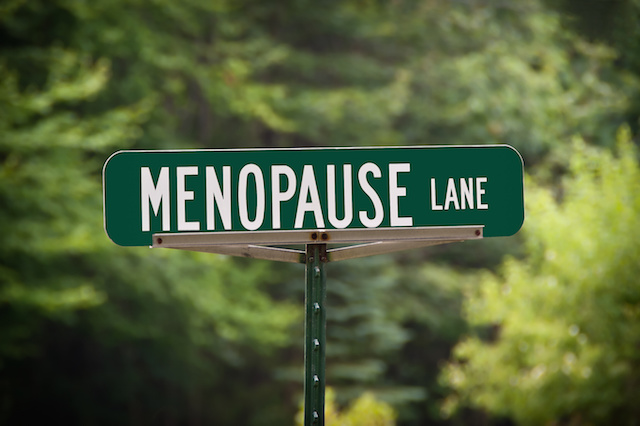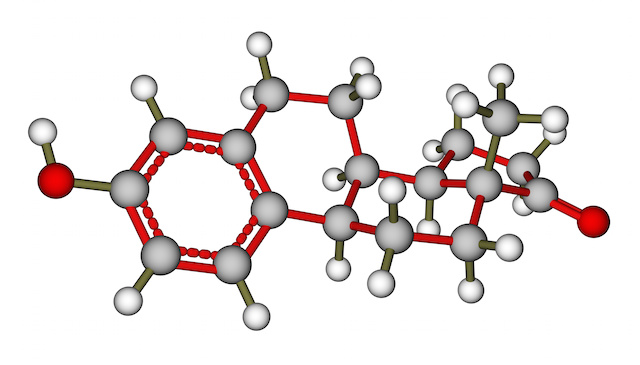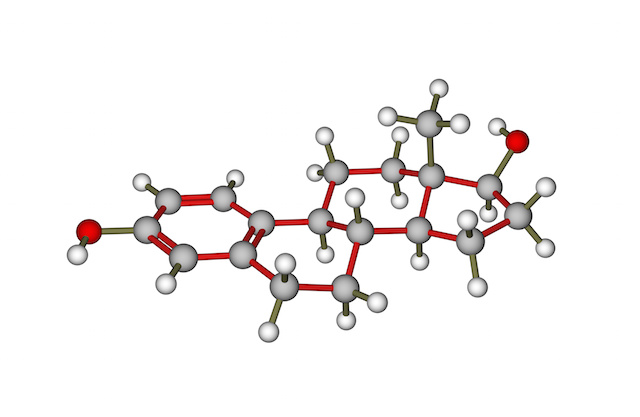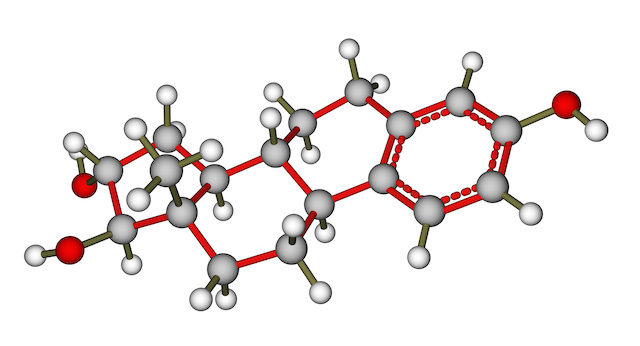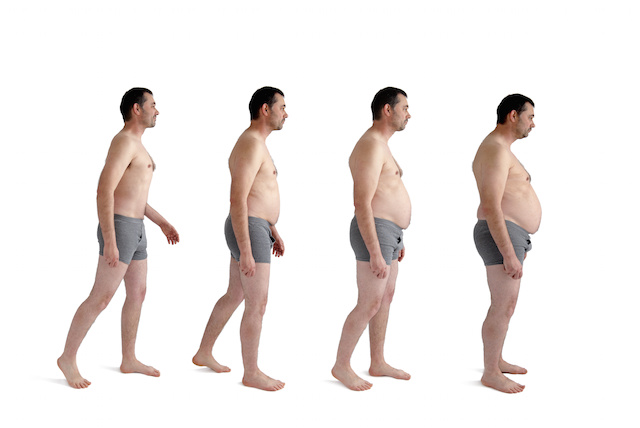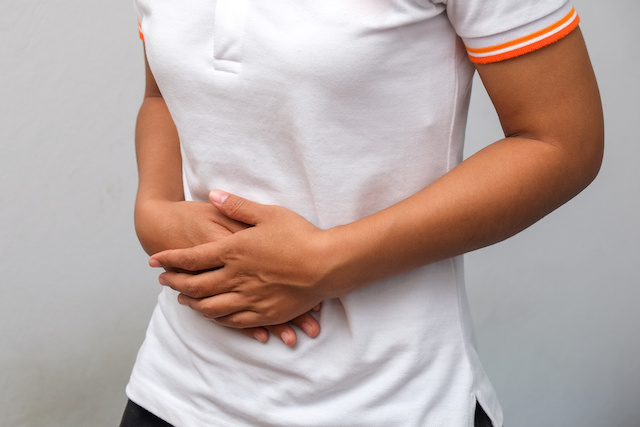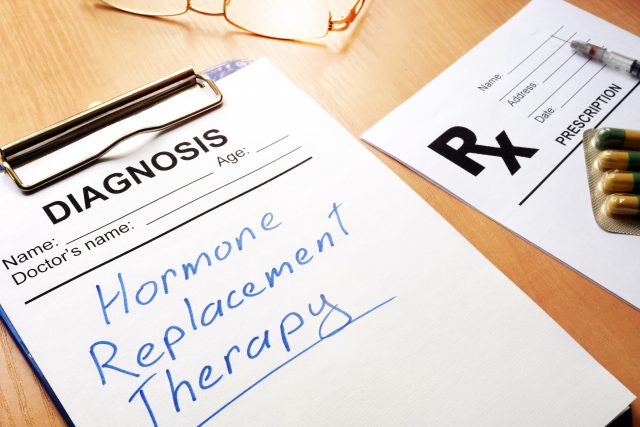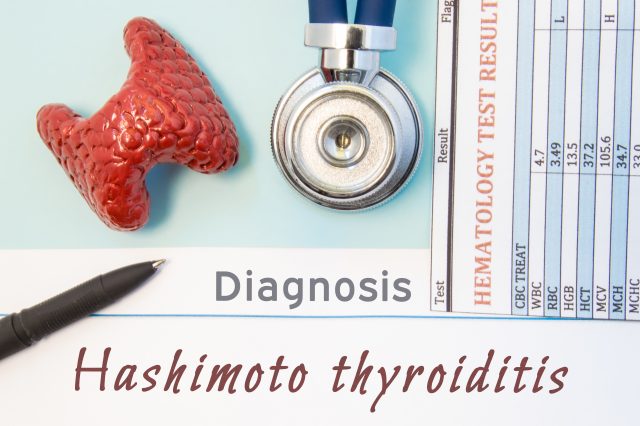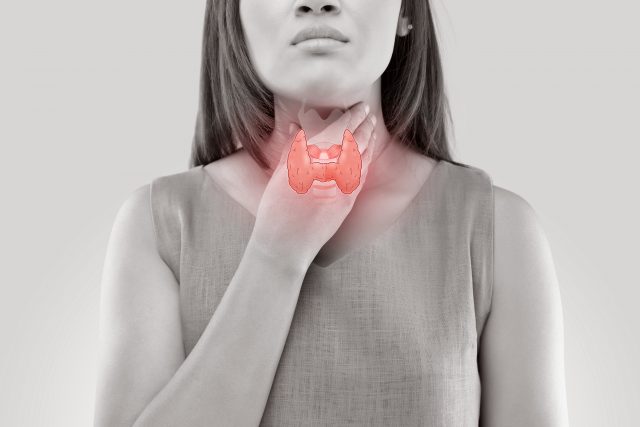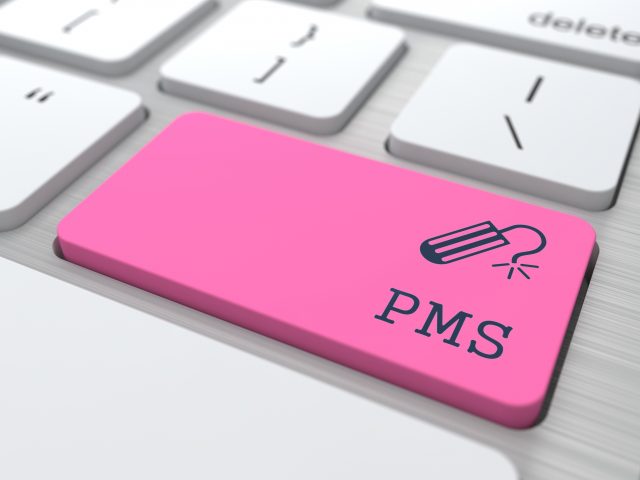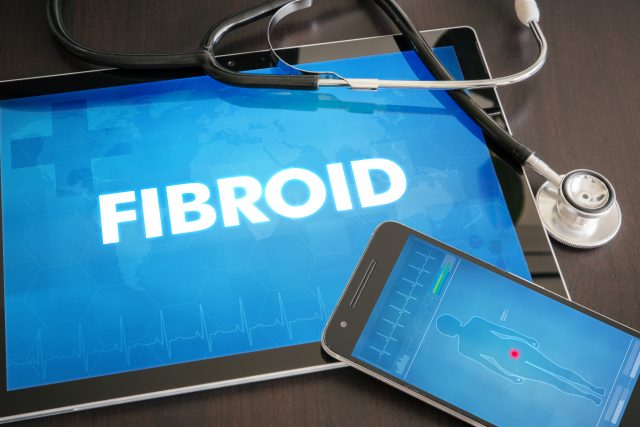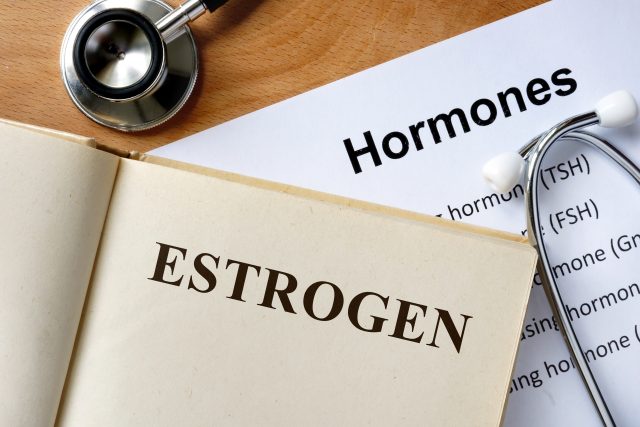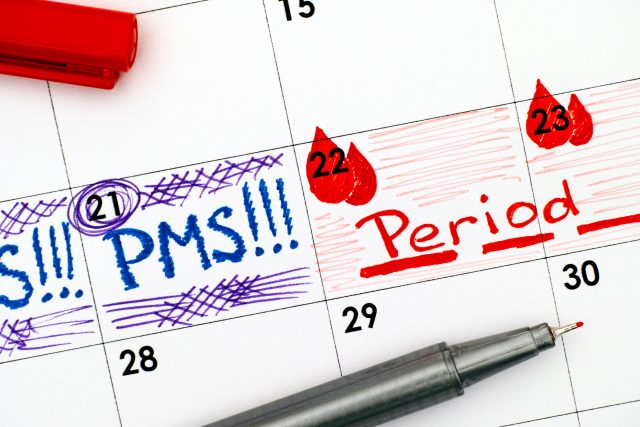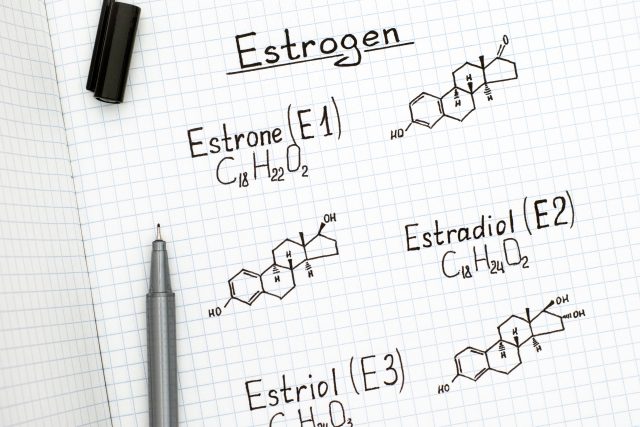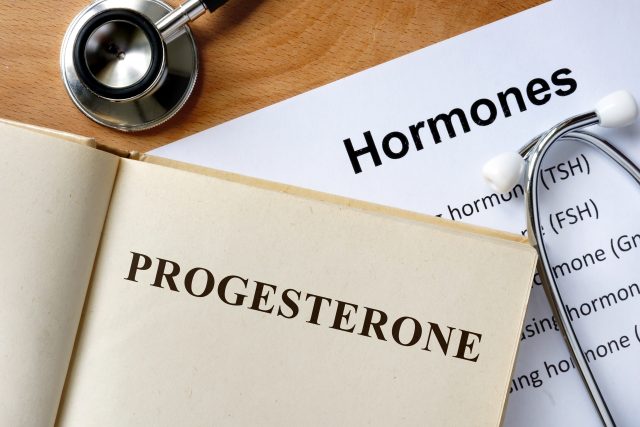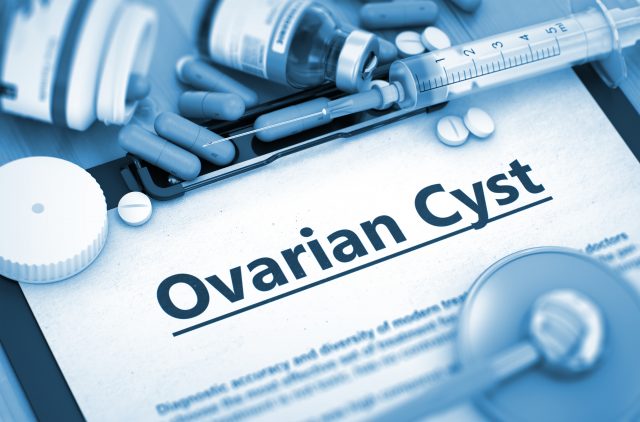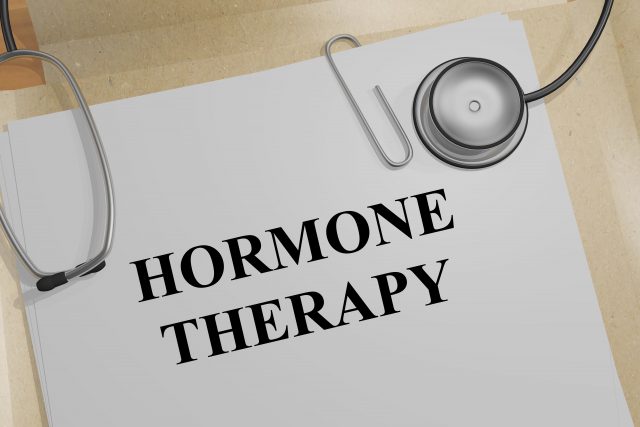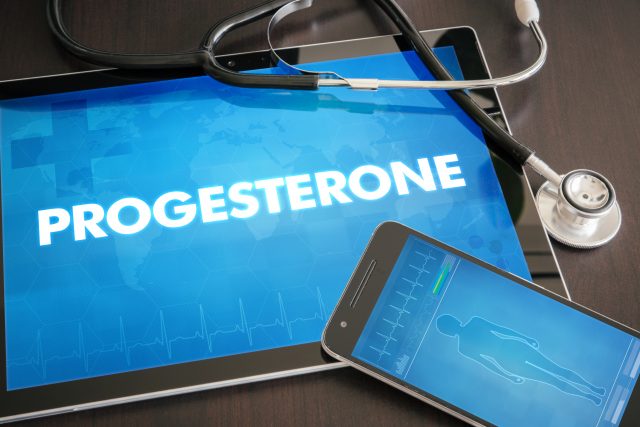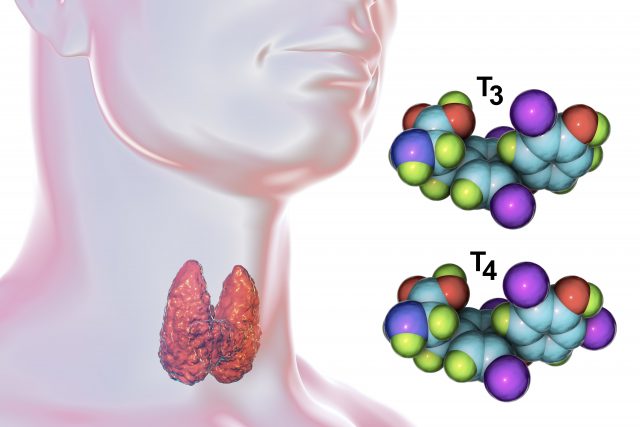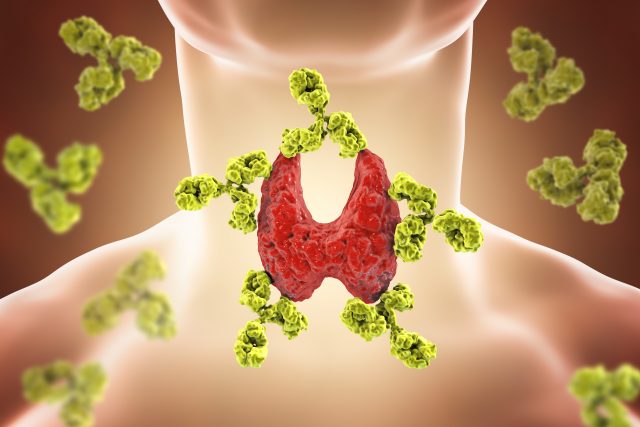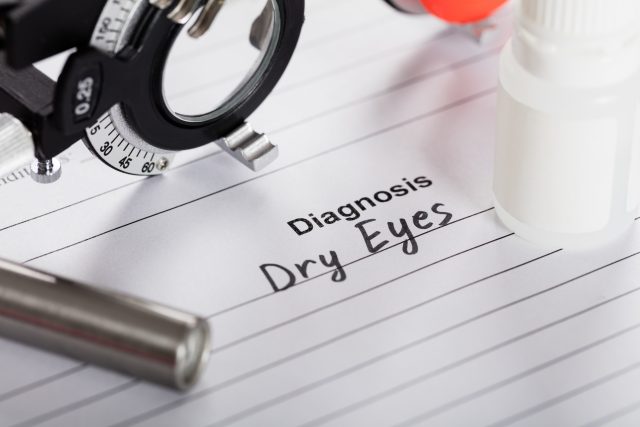Perimenopause, How to Diagnose?
I have heard from many frustrated women that their doctors will not test their hormones. That hormone testing is not necessary. Or they have had hormone tests, and there is not a clear interpretation or reading. In this article, I am going to focus on lab testing for perimenopause.
If you are not sure exactly what perimenopause is, well you are not alone. Perimenopause often gets confused with menopause. But perimenopause is quite a bit different from menopause. As it sounds perimenopause is the time before menopause. And it can have a lot of unwanted symptoms associated with it.
If you are not sure of the differences between menopause and perimenopause. Or, you would like to learn what perimenopause is. Listen to our podcast, Perimenopause vs. Menopause. If you would like even more in-depth information on the testing and options for perimenopause, check out our Perimenopause Masterclass.
For this article, I am going to focus on:
- Lab testing for Perimenopause
- How to interpret and read lab testing for Perimenopause
Blood Testing:
Blood testing is the most common form of hormone testing. While it may not have the accuracy of a urine or saliva test. Blood testing can be easier to order and more cost-effective. For this article, I am going to focus on blood testing for Perimenopause.
Blood testing for hormones is still incredibly helpful for hormones and finding out if you are in Perimenopause. Blood testing can be cost-effective as insurance can cover some or most of the cost. And if you have to pay out of pocket, using a physician private account or ordering your own testing can be quite inexpensive.
Blood testing is only looking at one moment of your cycle. In Perimenopause, it is important to time when you are going to take your blood test. In perimenopause, if you have a uterus, you are still having a period. They may not be as regular as they used to be, but in Perimenopause, you are still having your period. Progesterone is the highest on day 21 in a perfect 28-day cycle.
Now no one has a perfect 28-day cycle, but for information sake, know that progesterone does not rise until after ovulation, which is about day 14. If you have your blood test between days 1-14, you are not going to get an accurate reading of your progesterone. Ideally, you want to have your blood test between days 16-25 to get a good interpretation of your progesterone. This is important because, in Perimenopause, women may not be ovulating. Hence, their progesterone level will be very low.
Let me summarize here:
- Blood testing can be cost-effective with insurance or ordering yourself using private physician accounts.
- Blood testing can be accurate
- Blood testing might be as accurate as saliva or urine, but can be easier and more cost-effective to order
Note: Be sure to have blood drawn between the day 16-25 for the best accuracy for progesterone
What happens if I have had a hysterectomy or a uterine ablation and don’t have periods? Or my periods are really irregular? When do I test?
Many women have had a hysterectomy and do not have a uterus anymore. Obviously, these women are not going to be having a period. Also, many women may have had a uterine ablation.
A uterine ablation is where the lining of the endometrium or inside of the uterus is removed. This will result in a lack of periods or light spotting.
In both cases, when doing a blood test for Perimenopause might pose difficult. Because you do not know what day of the cycle you are in if you are not having a period. But this is where you will rely on other blood testing besides progesterone. I will get into all the testing and interpretation further in this article.
Hormones to be tested in Perimenopause:
I am going to go over the hormones tested in order to determine if a woman is in Perimenopause. You will learn about the reference ranges and how misleading they can be. And how to interpret the results to see if you might be in Perimenopause.
FSH and LH: Follicular Stimulating Hormone and Luteinizing Hormone.
The common lab reference ranges for FSH:
- Follicular Phase2.5-10.2mIU/mL
- Mid-Cycle Peak3.1-17.7mIU/mL
- Luteal Phase1.5- 9.1mIU/mL
- Postmenopausal 23.0-116.3 mIU/mL
The common lab reference ranges for LH are:
- Follicular Phase1.9-12.5 mIU/mL
- Mid-Cycle Peak8.7-76.3 mIU/mL
- Luteal Phase0.5-16.9 mIU/mL
- Postmenopausal10.0-54.7 mIU/mL
You might be thinking, what is follicular, mid-cycle, and luteal?
- Follicular phase is commonly from day 1-11
- Mid-cycle is days 12 -15 (which includes ovulation)
- Luteal phase is from day 16-28.
As you can see, the reference ranges are very vast! Some of the references range overlap. For example, see the reference range for Menopause being 10-54.7 mIU/mL? And then the other reference ranges for the follicular, mid-cycle and luteal can fall in those same ranges.
This makes it really confusing to understand where you are in perimenopause, let alone menopause using the typical lab reference ranges. This is also where most doctors mistake Menopause instead of Perimenopause. I have many patients that tell me their doctors say they are in Menopause. When in fact, they are in Perimenopause. It is very important to make this distinction. Because treating a Perimenopausal woman with Menopausal treatments can make her feel even worse.
My readings of Follicular Stimulating Hormone FSH: These reading are more specific and will help give you a good distinction of Perimenopause, Menopause, or nowhere near either.
- FSH is under 9 = very good ovarian function and not in Menopause or Perimenopause.
- FSH is 12-20 = then that is just entering Perimenopause. You are not quite in the thick of perimenopause. Will have some of the Perimenopausal symptoms but not many.
- FSH is 25-45 = Perimenopause. In these ranges, there are a lot of Perimenopausal symptoms.
- FSH is over 50-80 = Menopause. Usually, when the FSH is in these ranges, there are a lot of Menopausal symptoms.
- FSH is over 100 = Post-menopausal. Usually, at this point a lot of Menopausal symptoms are diminishing or improving. Unfortunately, it can take years to get to this point.
Luteinizing hormone: LH
I usually use the FSH as my marker for perimenopause and menopause more than LH. LH can surge pretty high prior to ovulation and can be elevated in PCOS (polycystic ovarian syndrome).
But on average:
- LH higher than 25 = that a woman is in perimenopause.
- LH is over 35 = that is pointing to menopause.
An exception to FSH and LH:
Just before ovulation (day 11-13) the FSH and LH can be higher than normal. The FSH and LH are trying to encourage ovulation so they can rise before ovulating. If you see this, then you want to make sure to look at the estradiol (estrogen) levels. You can tell preovulation by a higher FSH, LH, estradiol >150mg/dL and a nonexistent level of progesterone. Next up, you will be learning more about testing for estradiol and progesterone.
Estradiol:
Estradiol is the best test for estrogen. We have three main circulating estrogens. Estrone, estradiol, and estriol. Doing a blood test for total-estrogens does not have the accuracy that estradiol does.
Just like FSH and LH, the reference ranges for estradiol are hard to understand.
- Follicular Phase 19-144pg/mL
- Mid-Cycle 64-357
- Luteal Phase 56-214
- Postmenopausal <less than 31
If you are Perimenopausal, you are still making some hormones. With Menopause, the hormones have dropped significantly to almost nothing. But in Perimenopause, you are still making hormones. Just not in the amount that you used to.
Estradiol (and progesterone) are nonexistent during your period. That is because, if there was no pregnancy/fertilization, then these hormones to drop, which encourages a period or the lining of the uterus to slough off. Then estradiol rises and peaks before ovulation (days 11-13). Estradiol will slowly start declining from this point.
My blood test for Estradiol run between days 16-24:
- Estradiol is over 150 = Estrogen Dominance.
- Estradiol is under 50 = Too low levels of Estrogen (maybe heading or in menopause).
Progesterone:
Women do not make progesterone until after ovulation, which is usually around day 14. I like to have the blood test between day 16 and day 24 so that we can get a reading on the progesterone. Again ignore the lab reference ranges, which are huge:
- Follicular Phase<1.0ng/mL
- Luteal Phase2.6-21.5ng/mL
- Postmenopausal<0.5ng/mL
At least the typical reference values are trying to follow the idea that progesterone is made after ovulation or day 14. As you can see, the ranges are so broad that anyone can fall into them.
My readings for Progesterone blood test run between days 16-24:
- Progesterone is less than 3 = Perimenopause.
- Estradiol is under 50, and she is close to 50 years old = May even be entering Menopause.
- Estradiol level is over 50, and the progesterone is under 3 = definitely Perimenopausal.
- Progesterone is 4-8 = just entering perimenopause.
- Progesterone is over 8 and even in the teens = not in Perimenopause.
Hysterectomy, Ablation, or irregular periods:
Hysterectomy or Uterine Ablation:
Remember above when I mentioned there are many women that have had a uterine ablation or removal of the uterus and do not have periods. Or maybe your periods are irregular, making it impossible to test your blood on between days 16-25.
In these cases, testing estradiol or progesterone would be difficult, because we do not know where they are in their cycle. This is where the FSH and LH can be very helpful to determine if a woman is in Perimenopause.
FSH and LH levels in Hysterectomy, Ablation, or irregular periods
- FSH is 12-20, estradiol 50 or above and progesterone over 3 = just entering perimenopause
- FSH is 25-45, estradiol over 50, progesterone less than 1.0 = perimenopause.
- FSH is under 10, estradiol over 50 and progesterone over 8 = we caught you in the perfect test timing between day 16-25 and you are not in perimenopause yet.
There are other hormones and systems that are affected in Perimenopause.
Other hormones that are affected in Perimenopause:
- Testosterone
- Adrenal hormones such as DHEA-sulfate, Pregnenolone, and Cortisol
- Thyroid hormones and thyroid function
- Insulin
- Iron and ferritin is a woman is having heavy periods (which can be the case in Perimenopause)
If you are interested in learning about more hormones that are affected in Perimenopause, you can watch our Perimenopause Masterclass.
In this article, you learned about the lab testing and interpretation for Perimenopause. The hormones you learned about were estradiol and progesterone. You also learned about FSH (Follicle Stimulating Hormone) and LH (Luteinizing Hormone). These are the main reproductive and stimulating hormones in Perimenopause. Knowing this will be able to help you determine if you are in Perimenopause.
If you have any questions, feel free to send us an email at [email protected]
